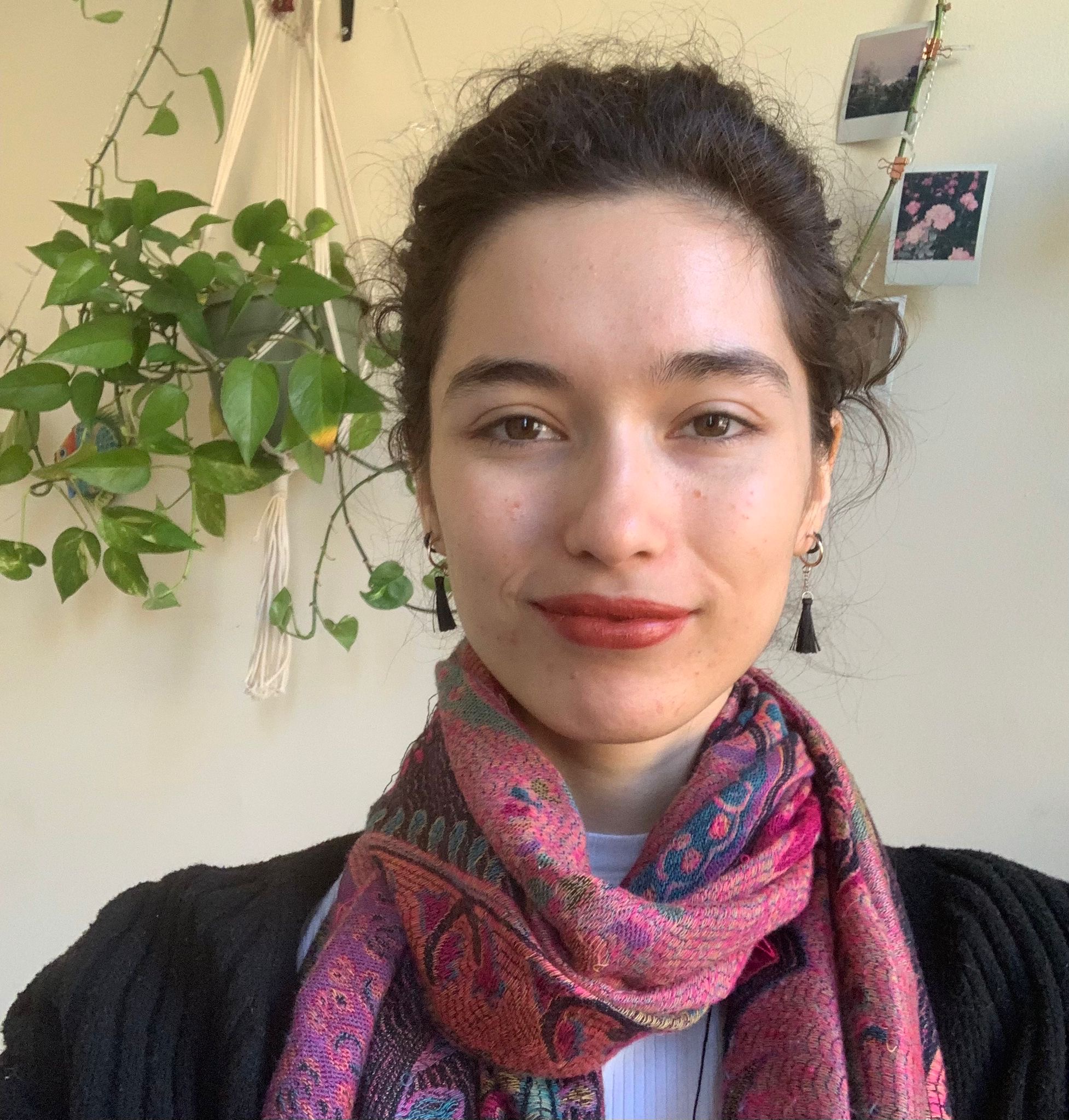Suicide and Self-Injury
Thematic Analysis of Suicide Ideation Among Hospitalized Pre-Adolescents
(PS13-58) Thematic Analysis of Suicide Ideation Among Hospitalized Pre-adolescents

Alana Brixner Nunes, B.A.
Graduate Student
Hunter College, City University of New York
New York, New York, United States
Mariana Espinosa-Polanco, B.A.
Research Associate
New York University School of Medicine
New York, New York, United States- MV
Miranda Vera, B.A.
Research Associate
New York University School of Medicine
Scarsdale, New York, United States 
Faith Ting, Other
Undergraduate Student/Research Assistant
Hunter College, City University of New York
Jackson Heights, New York, United States- AO
Ana Ortin-Peralta, Ph.D.
Assistant Professor
Yeshiva University and Albert Einstein College of Medicine
Bronx, New York, United States 
Regina Miranda, Ph.D.
Professor
Hunter College and The Graduate Center, City University of New York
New York, New York, United States
Author(s)
Co-Author(s)
Introduction: Childhood suicide is a growing public health concern in the United States, with suicide being the second leading cause of death among 10-14 year olds. Despite the increasing need for identifying children at risk, there is a dearth of research on suicide ideation in childhood. The current qualitative study aims to address this knowledge gap by examining the characteristics of suicide ideation in acutely suicidal school-aged children. Methods: Ten children, ages 7-12 years (M = 11.2, SD = .92), were recruited after admission to a psychiatric inpatient unit at a public New York City hospital for suicide ideation (SI, n = 5) or a suicide attempt (SA, n = 5) within the preceding two weeks. Six participants identified as female, two as male, and two as transgender male. All children identified as a racial minority and six as Hispanic/Latine. Participants completed the Childhood Suicide Ideation Interview, where they were are asked questions about the content of their suicidal thoughts via verbal prompts, as well as a drawing activity that required them to visually represent these thoughts. Interviews were recorded, transcribed, and coded using thematic analysis. Two raters coded the data from the interview, and four raters collectively determined the themes. Results: The analysis consisted of developing themes that were recurrent when participants were asked about their suicidal thoughts. When discussing the content of their SI, eight participants used passive language (e.g., “I don’t wanna live anymore”), six described a method (e.g., “my thoughts were… jump out the roof”), three contemplated the afterlife (e.g., “...that little paradise that we always talk about''), three reported thinking about other people (e.g., no one would really care if I had an attempt to kill myself), two expressed internal deliberation (e.g., “...to not kill myself. But at the same time some bad thoughts were telling me to kill myself”), two reported hearing voices (e.g., “there’s like a person saying die to me”), and two used active language (e.g., “really wanted to like just kill myself”). However, of the eight children that used passive language to recount their thoughts, seven completed a SIQ-JR and only one scored low on the questionnaire. Conclusion: These preliminary findings show that SI in younger populations is most often described with passive language rather than active language. Nonetheless, the use of passive language does not signify that the SI is less severe. While the participants used passive language, their high scores on a suicide ideation inventory suggests that the SI is more elaborate and severe than described. The results of this study may help clinicians understand the cognitive content and process of SI in pre-adolescents, thus addressing the gap in risk assessment among this population. Future analyses of the data will determine sub-themes that may help further understanding of the content and process of suicide ideation in children.

.png)
